Greenlandic tattoo culture holds a unique and deeply rooted significance for the Inuit people. Far more than decoration, these tattoos—spiritual and sacred in nature—carry ancestral meanings tied to identity, protection, and belonging. Since gaining autonomy within the Danish Kingdom in 1979, after centuries of colonization, Greenland has made continuous efforts to revive and protect its cultural heritage. In 2014, the Greenlandic government (Naalakkersuisut) established a commission dedicated to uncovering and addressing the enduring effects of colonization.
During the rapid period of colonization and urbanization, many Greenlanders were pressured to assimilate into Danish culture, leading to the loss of traditional practices and a disconnection from their roots. Stripped of their language, customs, and sense of belonging, generations grew up alienated from their own cultural identity.
As a step toward healing historical trauma, Greenlanders have begun to reclaim a powerful ancestral tradition: tattooing—known as Tunniit in their native language. Through this revival, they are not only honoring their heritage but also reclaiming pride, strength, and a sense of self.
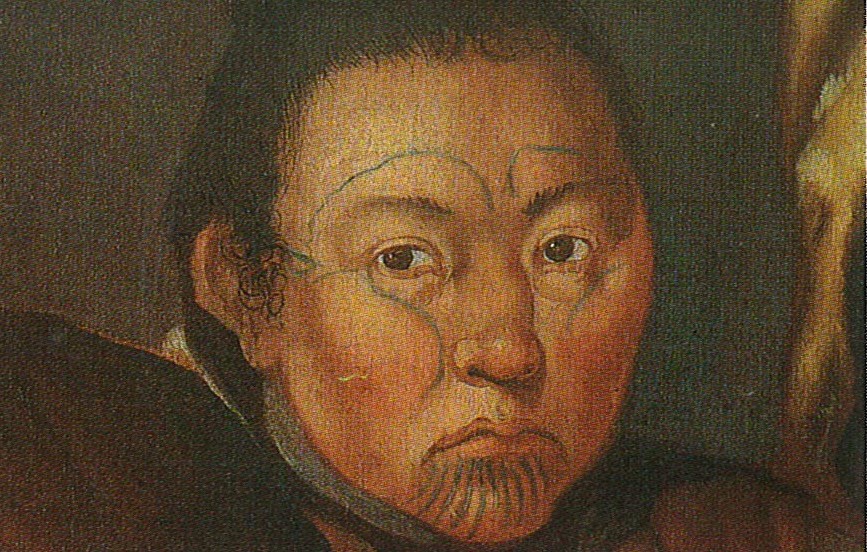
Before colonization, tattoos played a vital role in Inuit culture, carrying a wide range of meanings and interpretations. While both men and women commonly wore tattoos, they held particular importance for women, often serving as rites of passage.
In traditional Inuit belief, menstruation was thought to bring misfortune to hunting efforts. As a result, when a girl experienced her first period, a tattooing ritual was performed as a form of spiritual cleansing. A line was drawn from the lower lip down to the chin, symbolizing her transition from girlhood to womanhood. This facial tattoo indicated that she was now prepared to support a family and take on a fuller role within the community.
As Inuit women moved through different stages of life, they would receive additional tattoos marking significant events—such as mastering a new skill or enduring childbirth. These tattoos not only commemorated personal milestones but also served as enduring symbols of resilience, as the process of being tattooed was itself a test of strength and endurance.
For Inuit men, tattoos were more closely tied to hunting. Some were meant to bring good luck before a hunt, while others displayed proof of success afterward.
Facial tattoo designs also varied by region. The shape and placement of the tattoos could signify tribal or group affiliation, making them a visual marker of one’s identity within the broader Inuit culture.
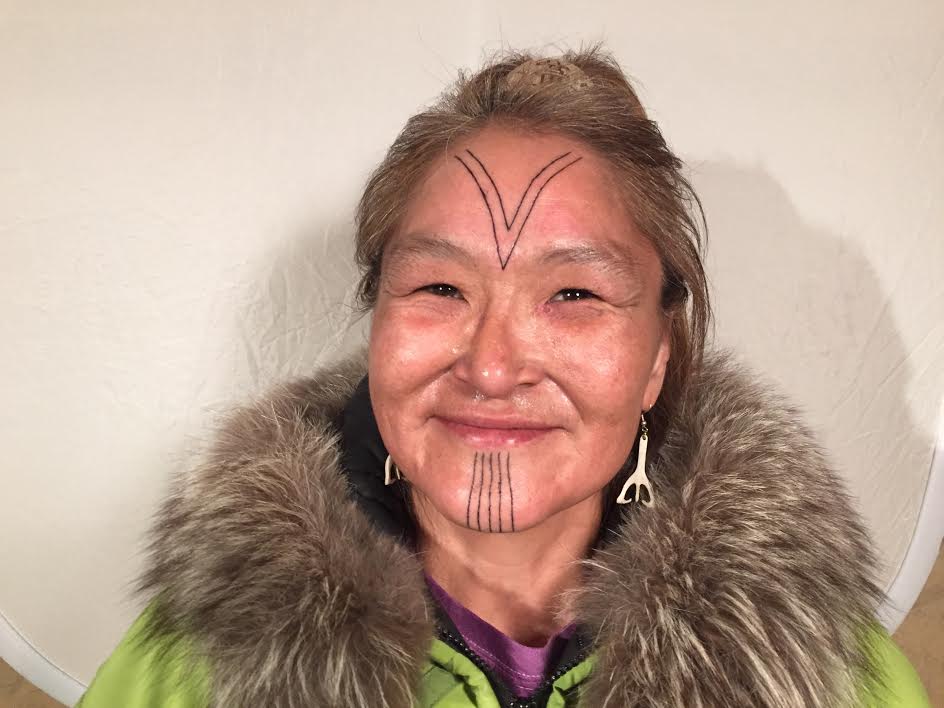
Many tattoos worn by both Inuit men and women tell stories from their culture, serving as permanent expressions of ancestral knowledge and mythology. One of the most frequently depicted legends is that of Sedna, the goddess of the sea. According to the tale, Sedna was taken by a masked man who turned out to be from a seabird colony. Her father tried to help her escape, but as they fled by kayak, the seabirds attacked. In desperation, Sedna’s father threw her overboard. When she clung to the side of the kayak, he cut off her fingers to save himself. As her fingers sank into the sea, they transformed into the marine animals that now inhabit the Arctic Ocean.
To honour this legend, many Inuit received tattoos with lines running along their hands and arms, symbolizing where Sedna’s fingers were severed.
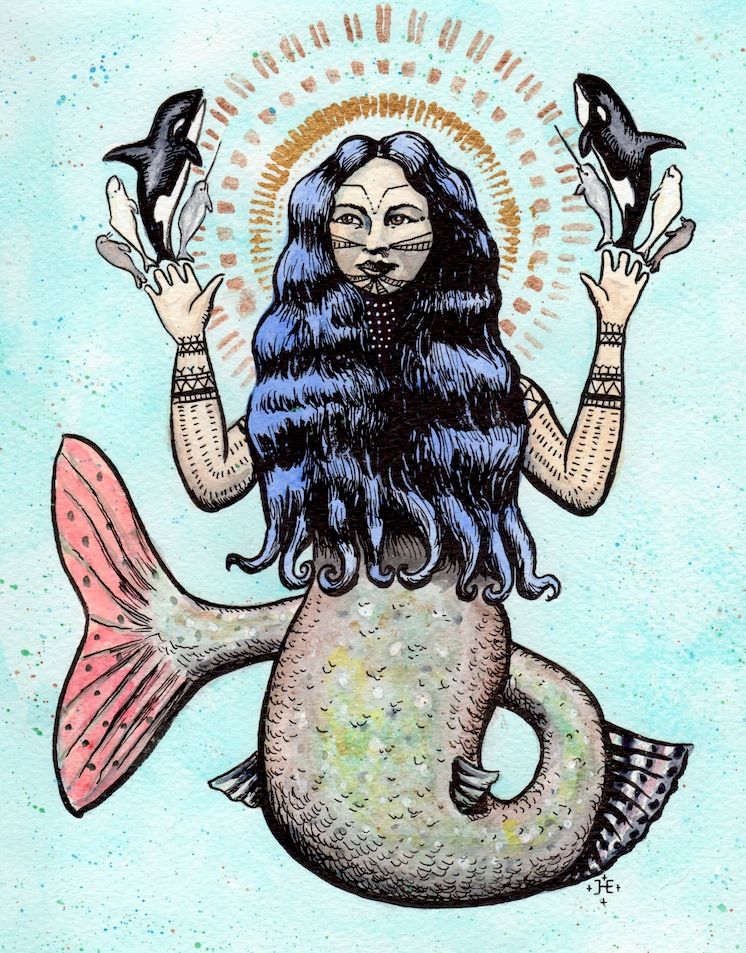
Tattoo placement varied, with designs often found on the face, arms, legs, and backs of the hands. Common elements included lines, stripes, geometric shapes, and symbols. For example, a Y-shaped mark could represent a traditional seal-hunting tool, while a V on the forehead of a woman signified the beginning of her womanhood. These tattoos were traditionally made using sinew or bone needles and suet (animal fat) as ink.
However, as colonization in Greenland intensified, Inuit tattoos were condemned by Christian missionaries and colonial powers, who saw them as pagan or evil. With this imposed worldview, tattooing was discouraged and gradually faded from public practice.
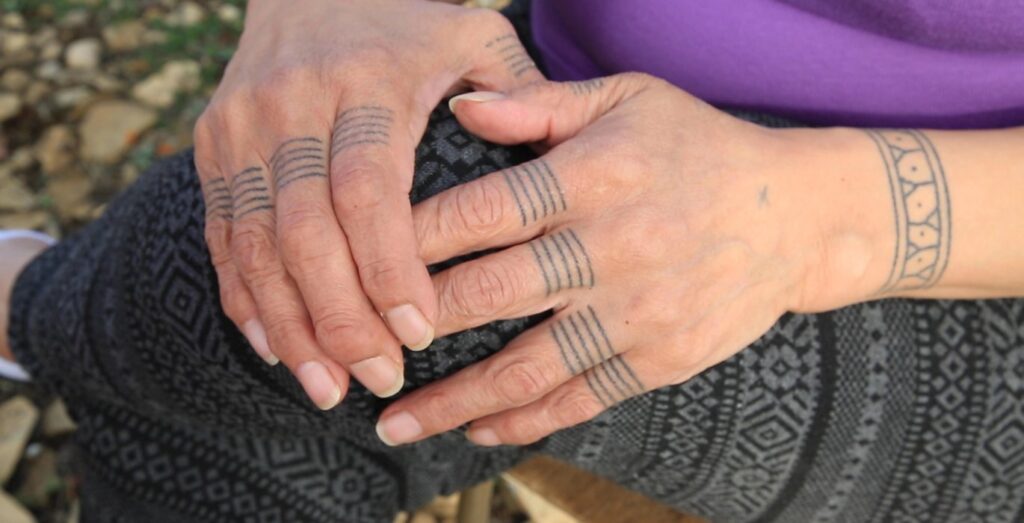
In recent years, Inuit tattooing has been revived as part of a broader cultural reclamation. One of the most prominent figures in this movement is Maya Sialuk, a Greenlandic tattoo artist and researcher. She launched the project Inuit Tattoo Traditions to explore and document the cultural significance of traditional tattooing. Beyond her own work, she has trained other women in the practice and is a vocal advocate for the recognition and legal acceptance of facial tattoos—especially in Denmark, where they are currently banned. Through her activism and art, Sialuk emphasizes that Inuit tattoos are not just aesthetic; they are a vital expression of identity, history, and resistance.

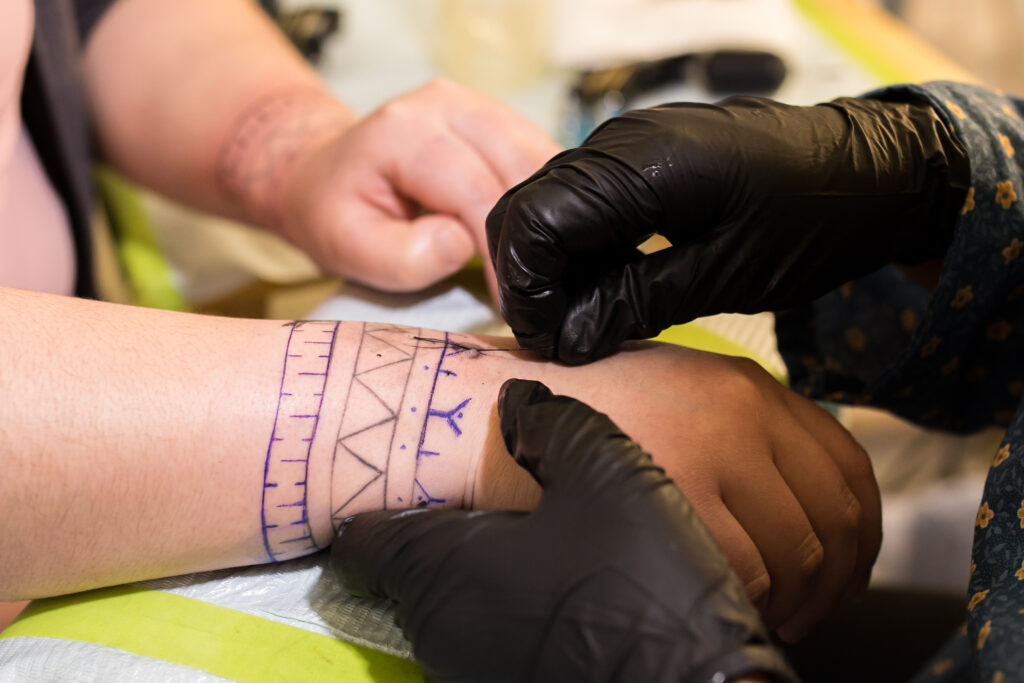
As traditional Inuit tattoos regain visibility in Greenland, they have become a powerful symbol of cultural pride. Yet, with increased attention also comes the risk of cultural appropriation. Some individuals outside of the Inuit community have adopted these tattoo designs without understanding their deep spiritual and cultural meaning. This lack of awareness undermines Inuit efforts to reclaim their heritage and is seen by many as deeply disrespectful.
For Greenlanders and Inuit communities, the path to healing includes sharing and protecting traditions like tattooing. With growing global understanding and respect, these practices can thrive once again—honoring the past while empowering future generations.
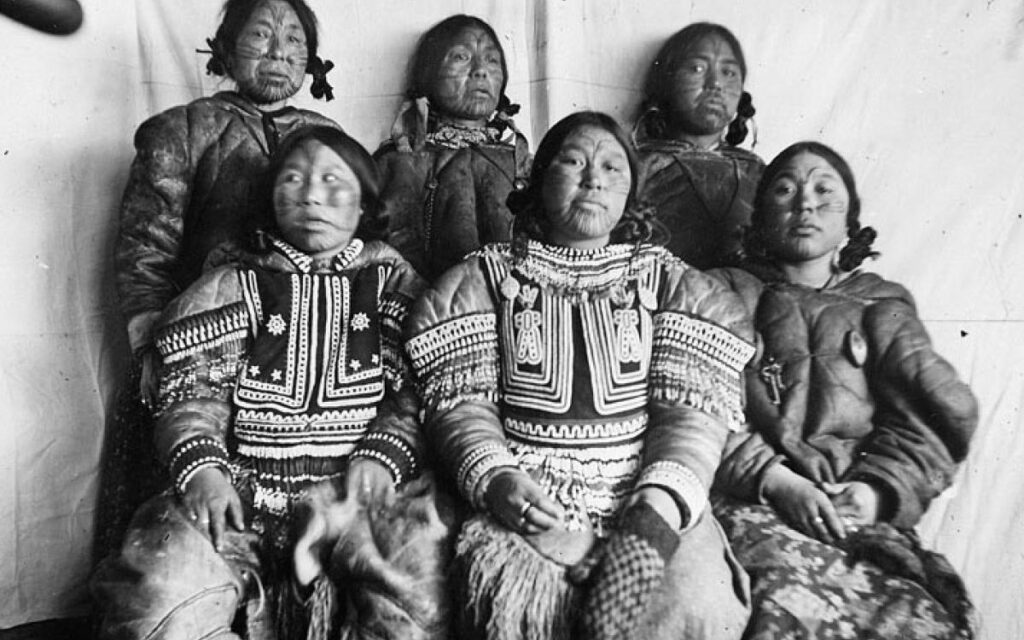
This article was first published the 21st of June 2022. Now updated and reposted 21st of June 2025.